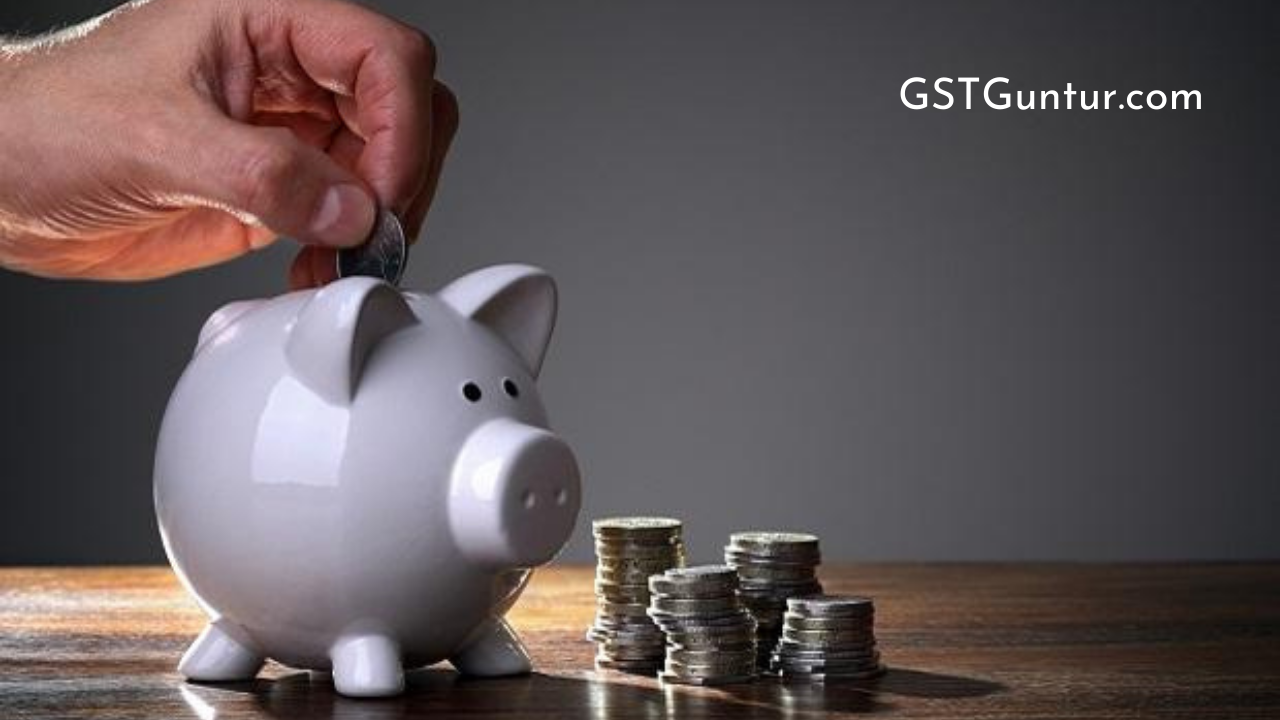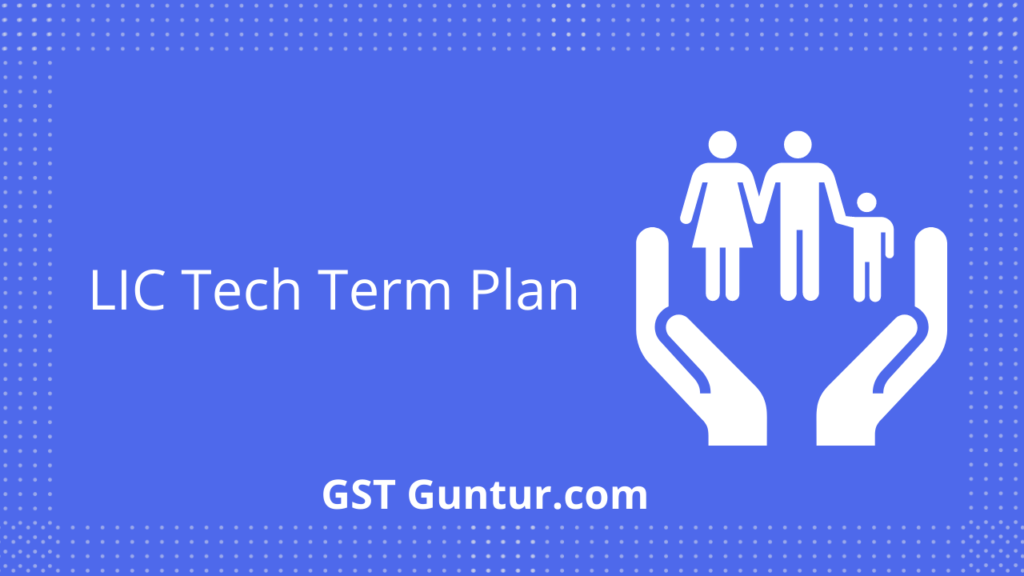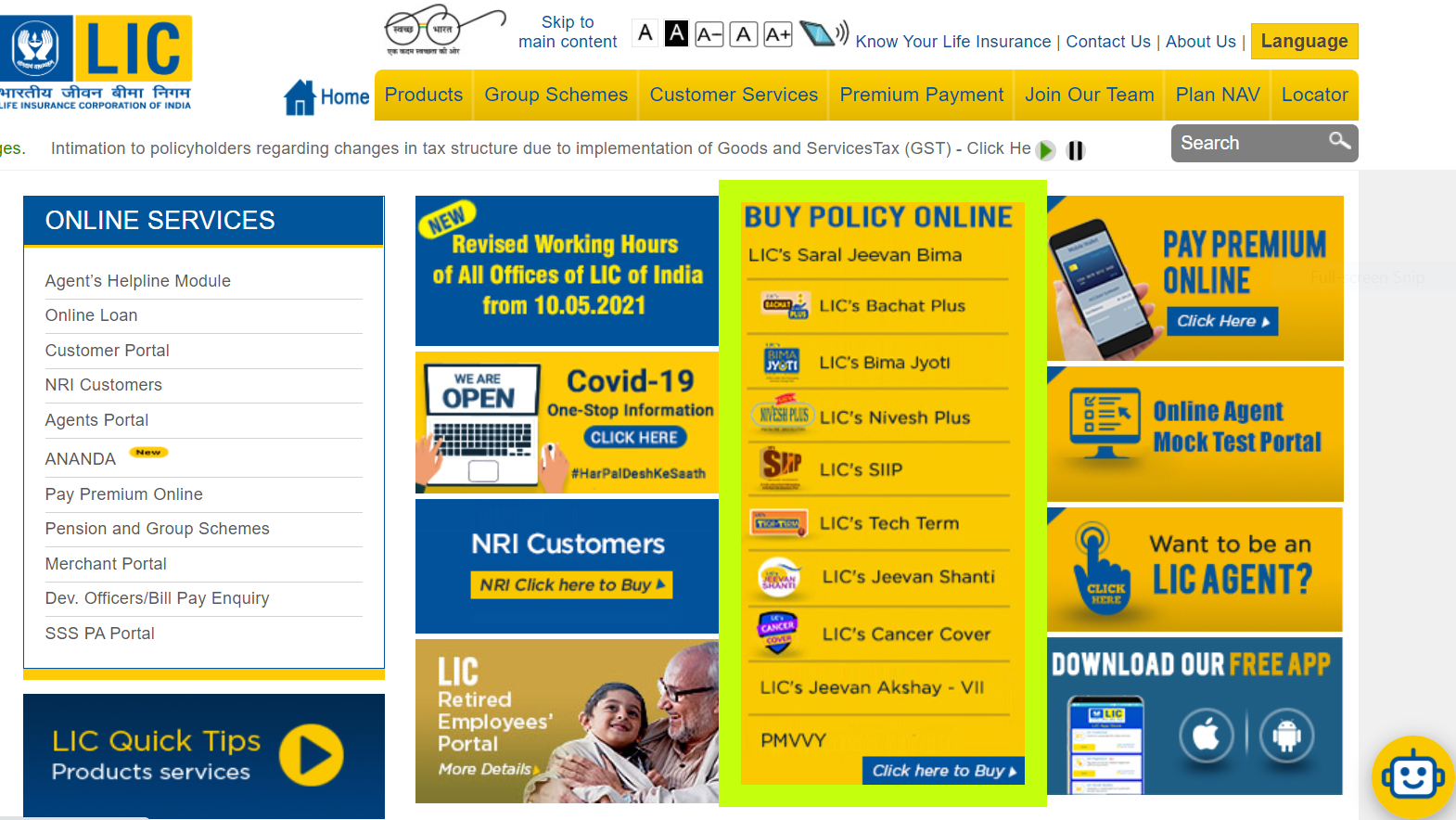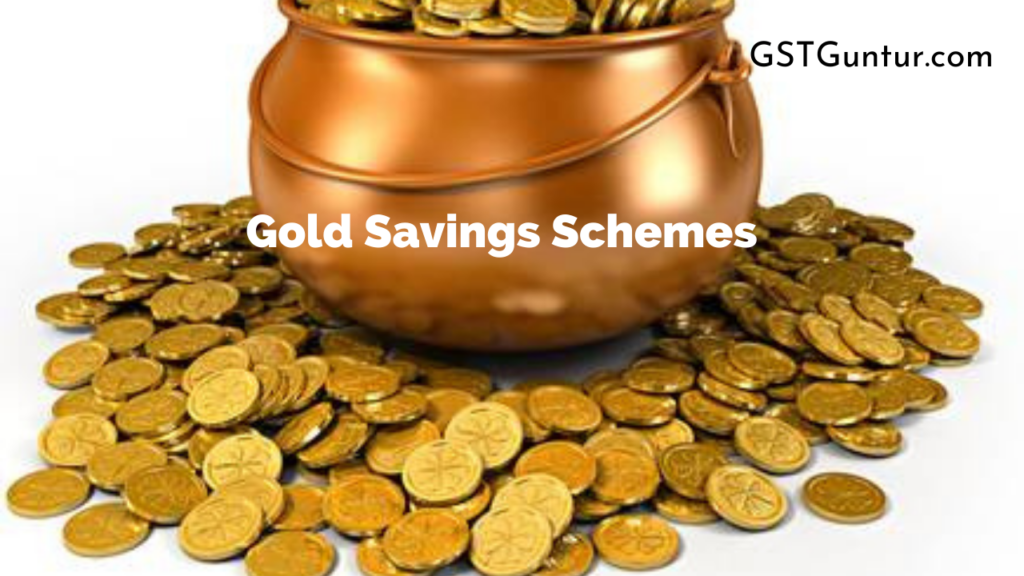TDS from Insurance Commission – Section 194 D
TDS from Insurance Commission – Section 194 D: Insurance policies are not only for oneself but also for the ones who are dependent on you. So, it is advisable to take that insurance policy that helps you after retirement, medical emergencies, and help your dependent ones after some accidentals or deceased of the major. The ways a person can choose the policies are through agents, brokers, some websites, etc. By choosing the insurance from agents or brokers etc., they are subjected to TDS (Tax Deducted at Source) as mentioned under Section 194 D of the Income Tax Act.
Who is/are Eligible for Deduction Under Section 194 D?
The taxes were deducted by the organizations that make the payment to the resident person, as remuneration or rewards, by the course of action of commission or for the following purposes:-
- Seek or obtained insurance business as central.
- They are carrying on or reviving or renewal the policies of the insurance.
When the TDS Deduct under Insurance Commission of Section 194 D?
The Tax was deducted earlier to the following events under the Section 194 D of Income Tax Act on Insurance Commission:-
- When the commission credited to the account of the payee.
- When the payment is made through cash, cheque or any in kind.
What is the Rate of TDS (Tax Deducted at Source) Under Section 194 D?
- TDS, Tax Deducted at Source under the Section 194 D on Insurance Commission, is made to the resident, irrespective of the individual, company, or other persons category. They are deducted at the rate of 5 % (3.75 % w.e.f. 14/05/2020 to 31/05/2021)
- The Tax would not deduct the surcharge and H&E Cess. So the Tax will be deducted at the source at the introductory rates as mentioned above.
- If you do not have quoted PAN, then the rate of the TDS will be 20 %.
| Detail of the payee | Rate of the TDS |
| Individual (Not includes Company) | 5 % |
| Domestic Companies | 10 % |
What are the Conditions when the TDS is not Liable to be Deducted under Section 194 D?
There are two conditions in which TDS is not deducted under the Income Tax Section 194 D:
- If the commission you get is not exceeded by Rs. 15000, and
- Self Declaration Form of 15G and 15H.
Is there any Provision for non-deduction of the Tax or Lowered Rate of a Tax Deduction?
Anyone who receives commission can fill a form name Form 13 and apply to the Assessing Officer for a certificate authorizing the payer not to deduct Tax or decrease the tax rate.
If you do not provide the PAN of the applicant, then in accordance with Section 206AA (4), no certificates Under Section 197 will be given for the non-deduction or lower rate of deduction.
For Issuing TDS (Tax Deducted at Source) Certificates, Due Dates
For the financial year 2020-21, the TDS return date was extended from the 31st of March 2021 to the 15th of April 2021 due to the pandemic or other financial conditions. (Only for quarter one and quarter 2 of Financial Year 2021)
- From April to June, the certificate will be issued before the 15th of August.
- From July to September, the certificate will be issued before the 15th of November.
- From October to December, the certificate will be issued before the 15th of February.
- From January to March, the certificate will be issued before the 15th of June.
Reinsurance is not Covered by the Section 194 D
From insurance to insurance, reinsurance differs in a number of ways. There is no contractual relationship between the direct insured and reinsured; this is essential to remember in reinsurance.
There are separate contracts between the insured and the insurer and between the insurer and reinsurer. Insured gets all the valid claims from the insurer after the insurer pays to the insured, irrespective of whether the insurer can recover the same from the reinsurer.
The “Commission” is not coming under the TDS Section 194 D when a reinsurance company gets business from an insurance company at a premium less “Commission.” The commission is not payable to the agent for acquiring the insurance business.
Similarly, there will be no claim during the operation of the reinsurance treaty after the expiry of the term of insurance, and Profit Commission is payable to an insurance company by the reinsurance company after the expiry of the period of insurance. Therefore, Section 194 D TDS (Tax Deducted by Source) is not applicable or required for this.
Section 194 D of Income Tax Act, 1961 Extract
Any person responsible for paying resident any income from any source of remuneration or rewards does not matter if that person provides the pay in the form of commission or otherwise, for soliciting or procuring insurance business (including business relating to the continuance, renewal or revival of policies of insurance) shall at the time of the credit of such income to the account of the payee or during the time of the payment by cash or by issuing the cheque or by publishing the draft or by any of the other mode of payment, whichever is more accessible, deducts the income tax at whatsoever the rates in forces.
We have provided that there is no income tax deduction shall be made under this Section 194 D from any such income credited or paid before the 1st day of June 1973.
We are further provided that there is also no deduction shall be made under Section 194 D, in a case where the amount of such income or as the case may be the total sum of the amounts of such income credited or paid or likely to be credited during the financial year to the account of the payee does not exceed fifteen thousand rupees.
Example:-
If Ajay and Ram got 12000 and 21000 commission respectively then Ajay does not need to pay for the TDS as the commission is less than 15000 but Ram will pay 21000 * 3.75 % of his commission in his TDS.

















